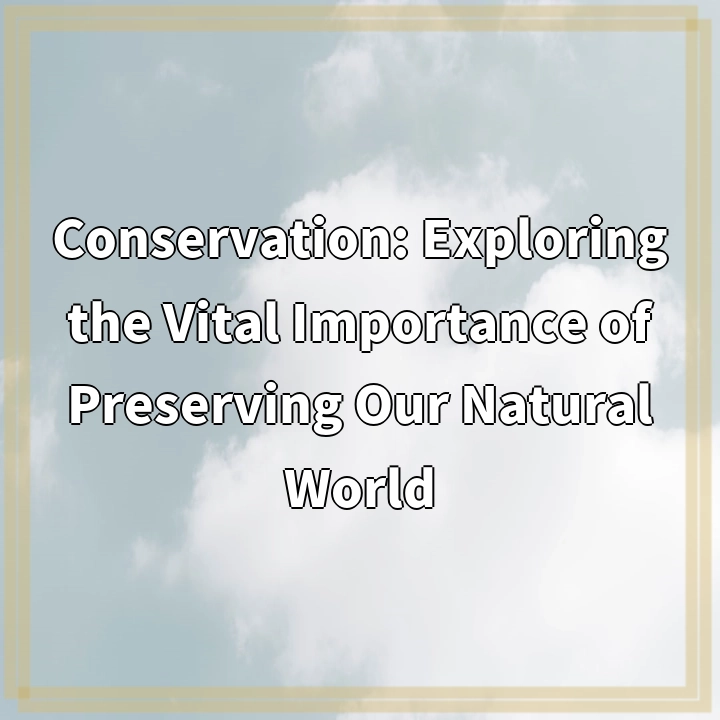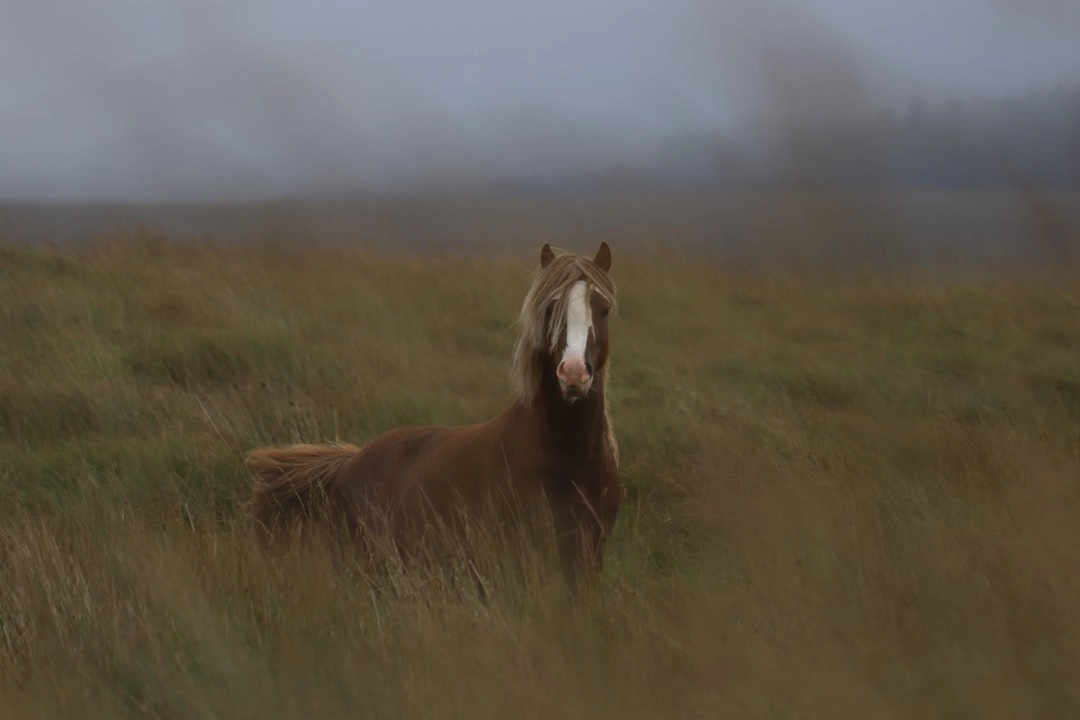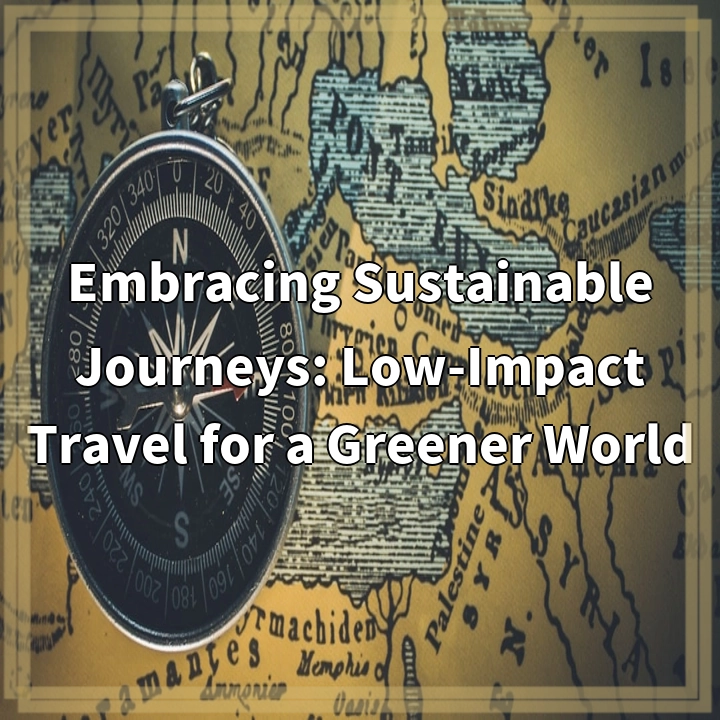
What is Conservation?
Conservation refers to the practice of protecting and preserving our natural environment and the Earth’s biodiversity. It involves managing and maintaining ecosystems, wildlife, plants, and natural resources to ensure their long-term sustainability and survival. Conservation aims to strike a balance between human activities and the maintenance of healthy ecosystems, recognizing the value of biodiversity for our own well-being and the health of the planet.
Real-World Problems Associated with Conservation
Loss of Biodiversity
The loss of biodiversity is one of the most pressing challenges in conservation. Human activities such as deforestation, habitat destruction, pollution, and climate change are causing irreversible damage to ecosystems and driving countless species toward extinction. The loss of biodiversity not only disrupts ecological processes but also affects our food security, medicine development, and overall well-being.
Habitat Fragmentation
Habitat fragmentation occurs when large, continuous habitats are broken into smaller, isolated patches. This disrupts wildlife migration patterns, limits access to resources, and reduces genetic diversity within populations. Fragmentation often results from urbanization, infrastructure development, and unsustainable land-use practices, threatening the survival of many species.
Illegal Wildlife Trade
Illegal wildlife trade poses a significant threat to many endangered species. Poaching and trafficking of animals for their skins, horns, ivory, and other body parts not only decimate populations but also fuel organized crime and destabilize ecosystems. Conservation efforts must address this issue through enhanced law enforcement, public awareness campaigns, and support for local communities.
Climate Change
Climate change is exacerbating existing conservation challenges. Rising temperatures, changing precipitation patterns, and extreme weather events are altering ecosystems and affecting the distribution and behavior of species. Conservation efforts now involve mitigating greenhouse gas emissions, adapting to the impacts of climate change, and promoting sustainable practices that reduce environmental harm.
Invasive Species
Invasive species are non-native plants, animals, or pathogens that disrupt natural ecosystems by outcompeting native species, altering habitats, and causing ecological imbalances. These invasive species can have devastating effects on biodiversity and ecosystem functions. Conservation initiatives prioritize the prevention, early detection, and control of invasive species to safeguard vulnerable ecosystems.
Sustainable Resource Management
The unsustainable extraction and consumption of natural resources pose significant challenges to conservation efforts. Overfishing, deforestation for timber and agriculture, and the excessive use of water resources all contribute to ecological degradation and the loss of habitats. Implementing sustainable resource management practices is crucial to ensure the long-term availability of resources and the protection of ecosystems.

Solutions to Conservation Challenges
Promoting Conservation Education and Awareness
One of the key solutions is to educate and raise awareness among individuals about the importance of conservation. By increasing public understanding of the value of biodiversity and the consequences of its loss, we can foster a sense of responsibility and encourage sustainable behavior in daily life.
Protecting and Expanding Protected Areas
It is crucial to establish and effectively manage protected areas to conserve ecosystems and their biodiversity. Scaling up efforts to protect existing habitats and establish new protected areas helps safeguard wildlife, ensures the preservation of critical habitats, and supports ecosystem functions.
Implementing Sustainable Land-Use Practices
Adopting sustainable land-use practices is essential to minimize habitat destruction and fragmentation. This includes promoting sustainable agriculture, responsible forestry, and urban planning that considers ecological conservation, biodiversity corridors, and the connectivity of habitats.
Strengthening Law Enforcement and Anti-trafficking Efforts
Combating illegal wildlife trade requires enhanced law enforcement efforts at local, national, and international levels. Strengthening cooperation between governments, implementing stringent penalties for offenders, and raising awareness about the impacts of illegal wildlife trade are all crucial steps in curbing this destructive practice.
Addressing Climate Change through Mitigation and Adaptation
To address the challenges posed by climate change, conservation efforts need to contribute to greenhouse gas mitigation and promote ecosystem resilience. This includes supporting renewable energy sources, adopting sustainable practices to reduce emissions, and implementing adaptation strategies to protect vulnerable species and habitats.
Preventing and Controlling Invasive Species
Prevention and early detection are key in managing invasive species. Implementing stringent biosecurity measures at ports and borders, investing in invasive species research, and developing effective control methods are crucial steps in mitigating the impacts of invasive species and preserving native biodiversity.
Fostering Sustainable Resource Management
Promoting sustainable resource management practices helps ensure the long-term availability of resources while minimizing environmental impacts. This includes implementing sustainable fishing practices, promoting certified sustainable forestry, and encouraging efficient water use and conservation.















